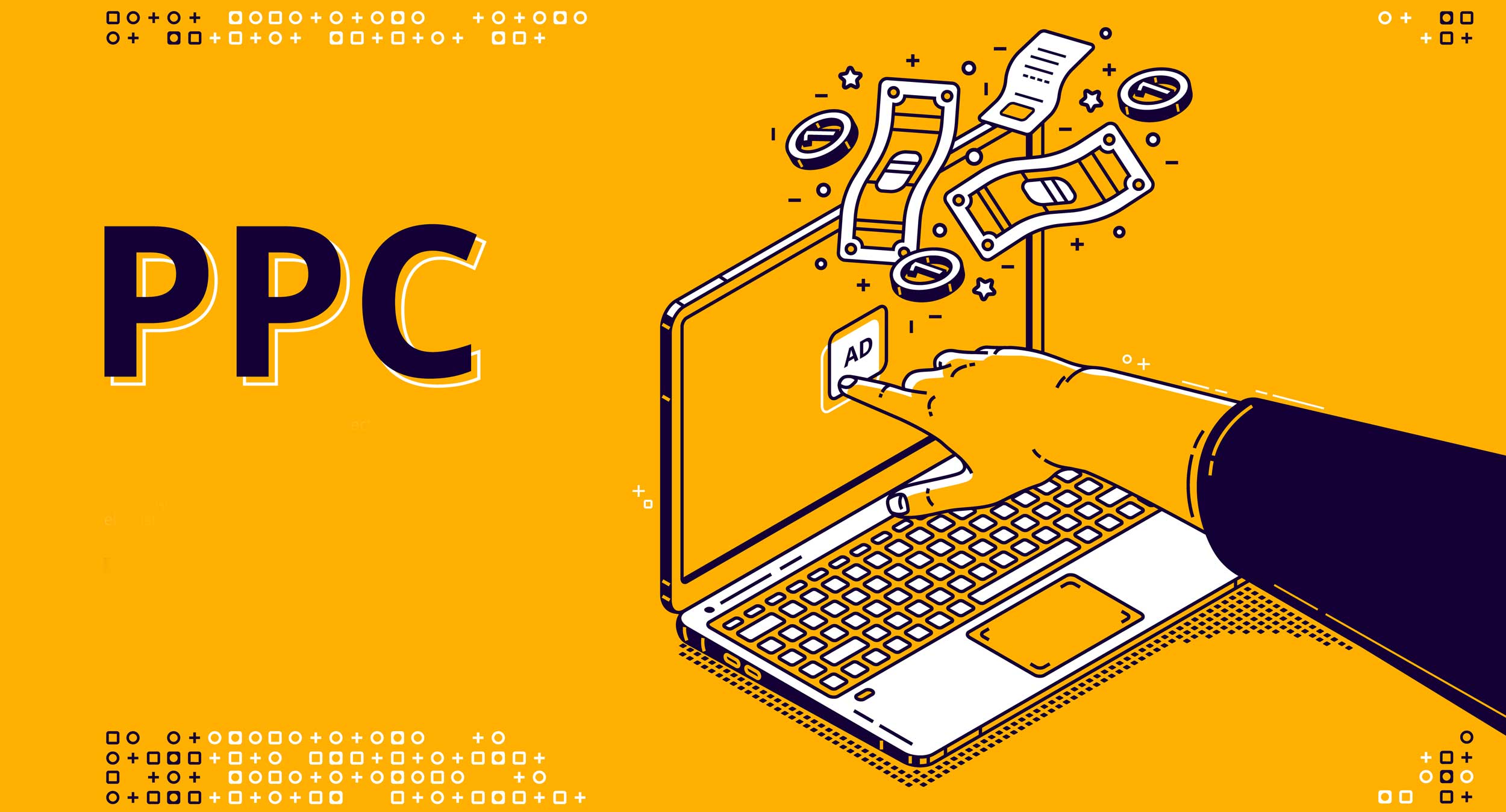
For years Amazon kept its advertising business details private, but it recently disclosed its 2021 advertising business generated $31.2 billion in revenue,[1] with fourth-quarter sales rising 32%. As a point of comparison, Microsoft generated just 10 billion in ad-generated revenue during the same time. In addition, various industry studies report that 50-75%[2] of consumers begin their product search on Amazon. That translates to an incredibly qualified PPC auction environment. A query that starts on the largest e-commerce site in the world is more likely to lead to a sale.
Kaidako’s team’s Amazon history predates paid search on the platform, bringing a unique perspective forged during the early days of PPC and developed and refined as the marketplace model has matured. No question, carefully structured campaigns and ad strategies are necessary for your Amazon strategy. This article will outline the initial steps when individualizing an account’s advertising budget and campaign structure.
Step 1: Identify your goals. Each client we work with is in a different place on their Amazon Journey, and individual SKUs within their catalog will require different strategies. Know whether you intend to drive volume for a predetermined time to increase sales rank or are you advertising a mature product, and you want to manage the ad spend within a determined TACOS or ROAS. Depending on the client and category, we typically define a targeted initial TACOS and a goal and time period to normalize that ad spend. Although it’s very case and category-specific, we generally manage initial launches within 12%-15% TACOS and normalize that spend over six months to 8%-10%.
Many clients ask about ROAS (return on ad spend) or ROI (return on investment). That’s a reasonable KPI, but it’s less critical than TACOS (total advertising cost of sale). That’s because paid and unpaid conversions drive your ultimate profitability. So, again, a very general statement, but we like to see paid search drive around 40% of revenue for a healthy account. If we can maintain that 60/40 ratio, we’ll see the other metrics fall into place. After all, if the goal is to build your brand, you should develop organic ranking momentum, achieve brand recognition, and ultimately use your ad dollars to acquire new customers.
Step 2: Launch Sponsored Product Campaigns: The Sponsored Product option allows sellers to build campaigns around search terms or competitor ASINS. You can let Amazon help you select your initial bid ranges and search terms through an auto campaign; Amazon’s finely tuned system returns the most relevant search results. We launch auto campaigns and then develop manual campaigns based on those results; in simple terms, we pull the best performing search terms from the auto campaigns over time, allowing us to bid with more granularity. We then repeat this process every week. Sponsored Product Advertising will be the majority of your advertising cost. These campaigns have great flexibility, allowing you to create auto and manual campaigns with various match types and targeted keywords, set budgets with flexibility, utilize negative keywords and bid dynamically for preferred positions.
Step 3: Launch Sponsored Brand Campaigns: Sponsored Brand ads will allow you to build greater brand awareness. These ads display your logo and a selection of your product. We find they convert at lesser rates. There are two caveats:
Caveat 1) We’ve had great success using Sponsored Brand Store Spotlight ads, driving shoppers to our client’s Amazon storefront.
Caveat 2) More video, please! Anytime there’s a barrier to entry, and you can solve that, you have a strategic advantage over your competitors. Good video content has a two-fold impact, improving your product detail page and providing media content that can be used for Sponsored Brands Video. For example, when we produce a video for a listing, we create a thirty-second product video for the product listing and then carve fifteen seconds of video from that content for our Sponsored Brands Video ads. As a result, across accounts, we see video returning 1.5 – 3 times the ROAS of historical account metrics.
Step 4: Whether you use external software or the tools available to you through the Campaign Manager interface, structure a process for reviewing your KPIs weekly. We parse our search terms into branded and non-branded portfolios and track a broad set of KPIs. These include market share, cost per conversion, return on ad spend, total advertising cost of sale on a SKU and product family level, cost per click, etc. Amazon’s attribution lags a bit; you’ll want to run reports two or three days post the date range you are analyzing.
Each of these steps could be a series of articles in its own right; however, grasping these basics will put you on solid footing and allow you two begin to leverage the tremendous amount of search volume occurring on Amazon.
Do you feel you should be achieving a higher level of success on the platform or want to get some honest insight? It’s always free to contact us for a listing or account discussion. Kaidako’s team has over a century of e-commerce experience. We are experts at bringing clarity and calm to what may seem like a calamitous marketplace. Discover why our client retention rate is 100%.
About the author: Stu Eisenman is CEO and a Co-founder of Kaidako, an Amazon-centric agency helping brands and manufacturers realize the full potential of direct-to-consumer sales on Amazon. A self-described OG retailer, he has decades of retail and e-commerce success. Kaidako’s team has sold nearly a billion dollars worth of products on the Amazon marketplace, either as a third-party seller or on behalf of clients.
[1] Published by Statista Research Department, Feb 8, 2022
[2] Study: Most product searches begin on Amazon, Chain Store Age, 04/27/21



